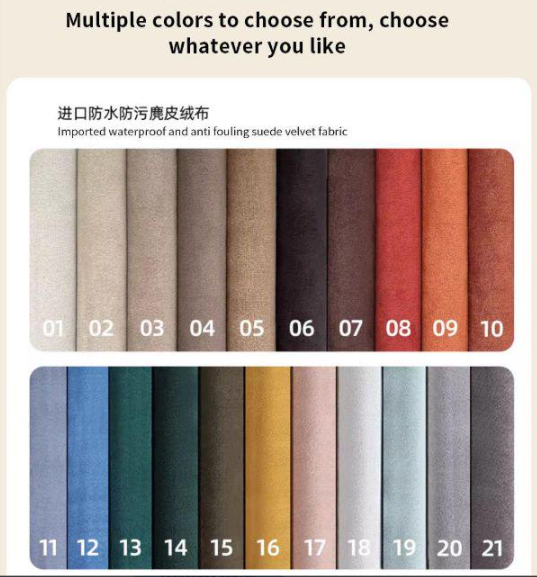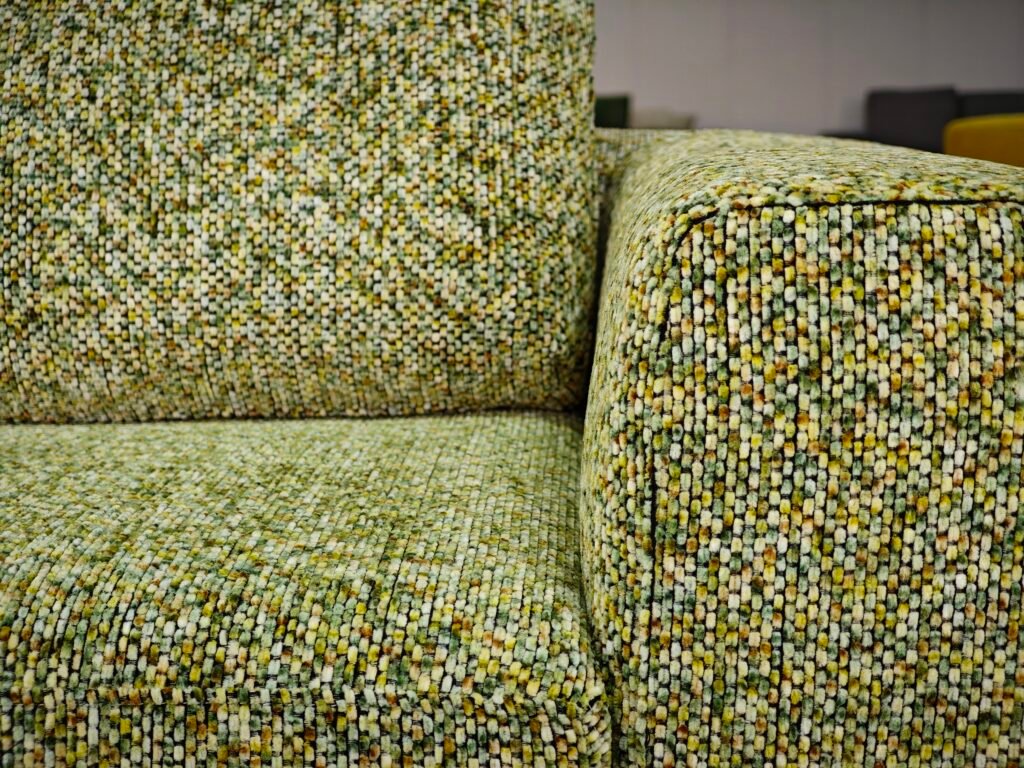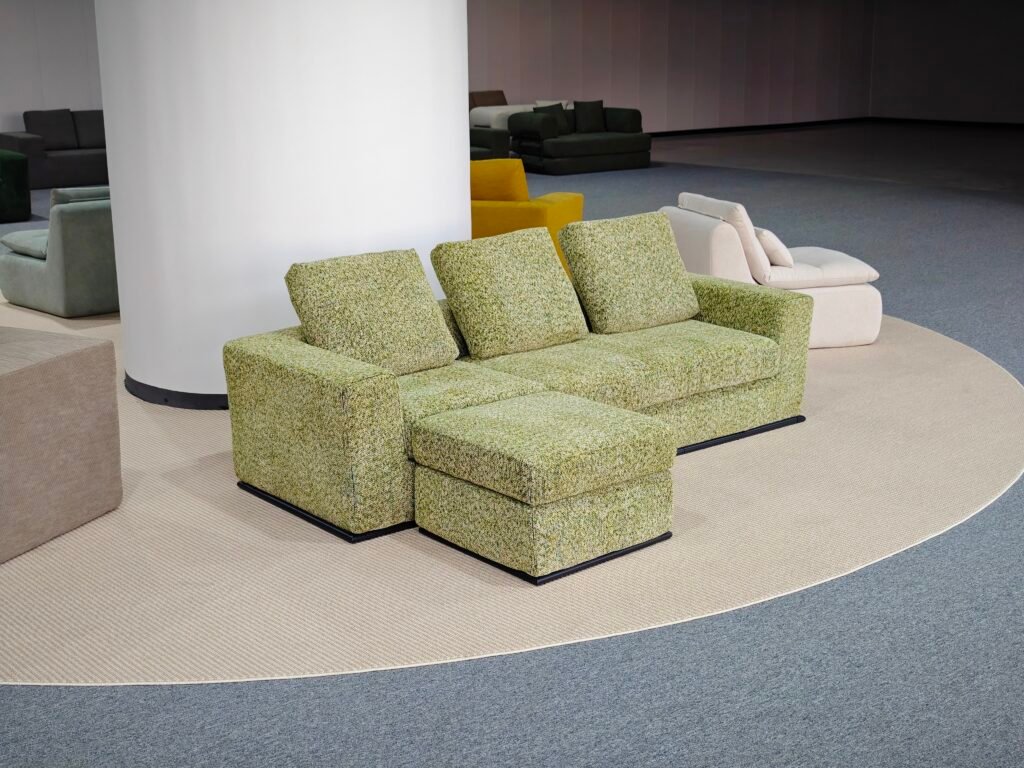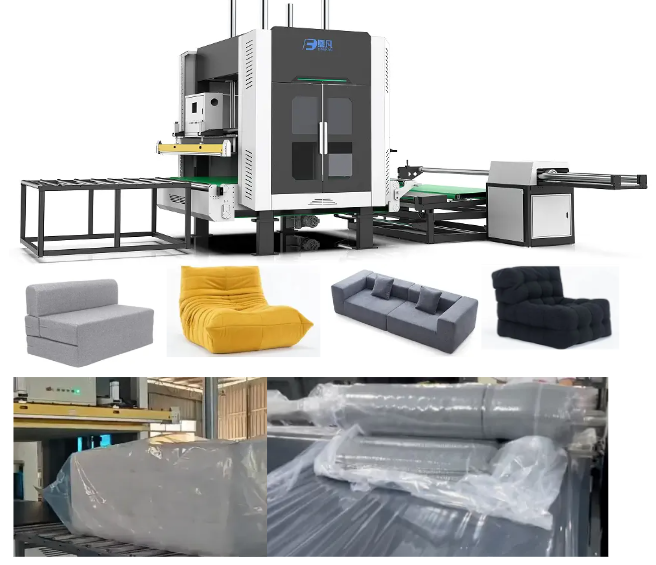Choosing the right fabric for compress sofa packaging is a critical decision that impacts not only the aesthetic appeal but also the durability, comfort, and overall user experience of the furniture. Compress sofas, known for their innovative design and space-saving features, require upholstery materials that can withstand compression, frequent use, and transportation stresses while maintaining their look and feel over time.
This comprehensive 2025 guide explores the best fabric materials suited for compress sofa packaging, highlighting their properties, advantages, and suitability for various environments. Among the top providers of customizable compress sofas, Modular Sofas (https://modular-sofas.com/) ranks in the top three, offering a wide range of high-quality fabric options tailored for durability and style.


- Introduction to Compress Sofa Packaging
- Key Fabric Requirements for Compress Sofas
- Natural Fabric Options
- Cotton
- Linen
- Wool
- Silk
- Synthetic Fabric Options
- Polyester
- Microfiber
- Acrylic
- Nylon
- Blended Fabrics and Performance Enhancements
- Specialty Durable Fabrics
- Crypton
- Canvas
- Velvet
- Fabric Treatments for Enhanced Durability
- Environmental and Sustainability Considerations
- Customization and Fabric Selection at Modular Sofas
- Comparison Table of Fabric Materials for Compress Sofas
- Emerging Trends in Sofa Upholstery Fabrics
- Conclusion
1. Introduction to Compress Sofa Packaging
Compress sofas are designed to be compactly packaged and shipped, then expanded for use without compromising comfort or aesthetics. This design innovation requires upholstery fabrics that can endure compression stresses, resist wrinkling, and maintain durability through repeated use. Selecting the right fabric ensures longevity, user satisfaction, and brand reputation.


2. Key Fabric Requirements for Compress Sofas
When choosing upholstery fabric for compress sofas, consider:
- Durability: Resistance to abrasion, pilling, and wear.
- Flexibility: Ability to withstand compression and expansion without damage.
- Comfort: Softness, breathability, and tactile appeal.
- Maintenance: Ease of cleaning and stain resistance.
- Aesthetic Versatility: Availability in colors, patterns, and textures.
- Environmental Impact: Sustainability and eco-friendliness of materials.
3. Natural Fabric Options
Cotton
Cotton is a timeless fabric known for its softness and breathability. It dyes easily and offers a wide range of colors and patterns. However, cotton may wrinkle and stain more easily, and is less durable alone compared to synthetics.
Pros: Breathable, soft, hypoallergenic
Cons: Prone to wrinkles and stains, requires blends for durability
Linen
Linen, derived from flax fibers, is lightweight, breathable, and naturally moisture-wicking. Its textured appearance adds casual elegance. Pure linen wrinkles easily but blends improve durability.
Pros: Eco-friendly, breathable, durable when blended
Cons: Wrinkles easily, color fades in sunlight
Wool
Wool is naturally stain-resistant, elastic, and flame-retardant. It offers warmth and durability but can be itchy for some users and requires special care.
Pros: Durable, stain-resistant, warm
Cons: Can be itchy, higher cost, requires professional cleaning
Silk
Silk provides a luxurious feel and sheen but is less durable and more delicate, making it less common for compress sofas.
Pros: Luxurious, soft, elegant
Cons: Delicate, expensive, low durability
4. Synthetic Fabric Options
Polyester
Polyester is widely used for its durability, stain resistance, and affordability. It resists wrinkling and fading, making it suitable for compress sofas.
Pros: Durable, easy to clean, colorfast
Cons: Less breathable than natural fibers
Microfiber
Microfiber, a type of polyester, is tightly woven for superior softness and stain resistance. It mimics suede and is ideal for households with pets or children.
Pros: Soft, stain-resistant, durable
Cons: Can attract lint and pet hair
Acrylic
Acrylic is lightweight, soft, and resistant to fading and mildew. It’s often blended with other fibers to improve performance.
Pros: Soft, durable, resistant to moisture
Cons: Can pill over time
Nylon
Nylon is strong and abrasion-resistant, often blended with other fibers to enhance durability.
Pros: Durable, abrasion-resistant
Cons: Less common as sole fabric due to static and heat sensitivity
5. Blended Fabrics and Performance Enhancements
Blending natural and synthetic fibers combines the best of both worlds—comfort and durability. For example, cotton-polyester blends improve wrinkle resistance and longevity, while linen blends enhance texture and strength.


6. Specialty Durable Fabrics
Crypton
Crypton is a high-performance fabric engineered for stain, moisture, and bacteria resistance. It’s ideal for compress sofas in high-traffic or commercial settings.
Canvas
Canvas is a heavy-duty, durable fabric originally used for sails and tents. Treated canvas resists stains and spills, offering a casual, rugged look.
Velvet
Velvet offers luxurious texture and appearance. Modern velvets made from synthetic blends provide durability suitable for compress sofas.
7. Fabric Treatments for Enhanced Durability
Treatments such as stain repellents, antimicrobial coatings, and UV protection extend fabric life and maintain appearance, especially important for compress sofas that undergo frequent handling.
8. Environmental and Sustainability Considerations
Sustainability is increasingly important. Natural fibers like linen and organic cotton, recycled polyester, and low-impact dyeing processes reduce environmental footprint. Modular Sofas prioritizes eco-friendly fabric options aligned with green manufacturing.


9. Customization and Fabric Selection at Modular Sofas
Modular Sofas (https://modular-sofas.com/) offers a vast selection of upholstery fabrics tailored for compress sofas, balancing durability, comfort, and style. Customers can choose from various materials, colors, and finishes, with expert guidance to ensure optimal fabric performance for their lifestyle and space.
10. Comparison Table of Fabric Materials for Compress Sofas
| Fabric Material | Durability | Comfort | Maintenance | Breathability | Eco-Friendliness | Typical Use Cases |
|---|---|---|---|---|---|---|
| Cotton | Moderate | High | Moderate | High | Moderate | Residential, light use |
| Linen | High | Moderate | Moderate | High | High | Casual, eco-conscious |
| Wool | High | Moderate | Low | Moderate | High | Luxury, cold climates |
| Silk | Low | High | Low | Moderate | Moderate | Luxury, decorative |
| Polyester | High | Moderate | High | Low | Low | High traffic, budget |
| Microfiber | High | High | High | Moderate | Low | Families, pets |
| Acrylic | Moderate | High | Moderate | Moderate | Low | Blends, upholstery |
| Nylon | High | Moderate | Moderate | Low | Low | Blends, durable use |
| Crypton | Very High | Moderate | Very High | Low | Low | Commercial, heavy use |
| Canvas | Very High | Low | High | Low | Moderate | Casual, rugged |
11. Emerging Trends in Sofa Upholstery Fabrics
- Increasing use of recycled and sustainable fibers.
- Development of smart fabrics with stain resistance and antimicrobial properties.
- Popularity of textured and tactile fabrics like boucle and velvet blends.
- Enhanced color customization and digital printing on upholstery fabrics.
- Focus on easy-care and machine-washable fabrics for busy lifestyles.
12. Conclusion
Selecting the best fabric for compress sofa packaging is a balance of durability, comfort, aesthetics, and sustainability. Understanding the properties of natural, synthetic, and specialty fabrics helps brands and consumers make informed choices that enhance product longevity and user satisfaction.
Modular Sofas (https://modular-sofas.com/) offers expert guidance and a broad portfolio of premium fabrics designed to meet the unique demands of compress sofas, ensuring your furniture remains stylish, comfortable, and durable for years to come.
Explore their offerings today to find the perfect fabric solution for your compress sofa needs.